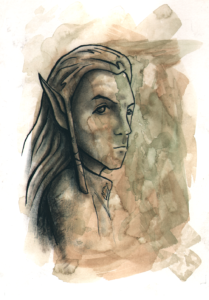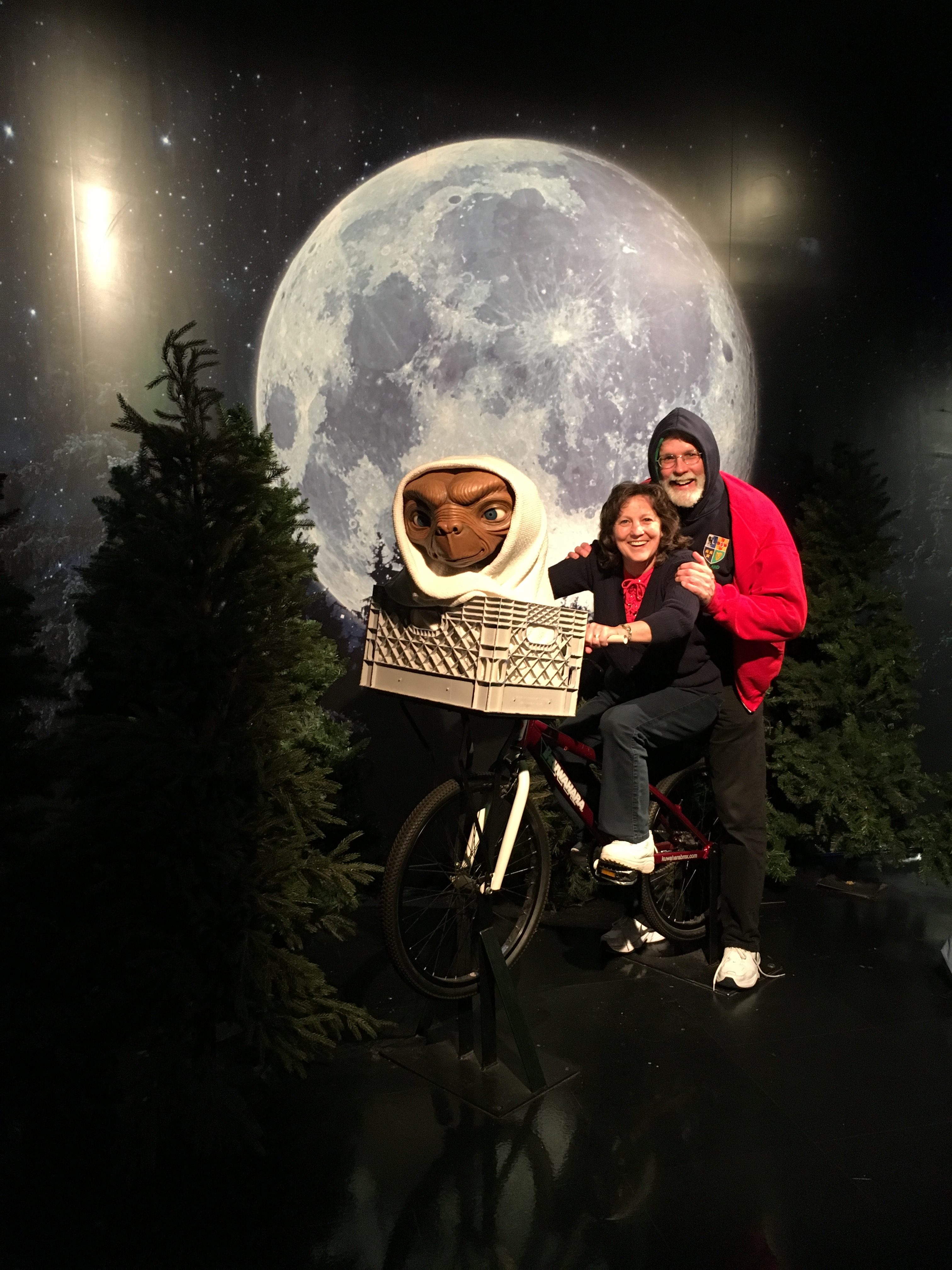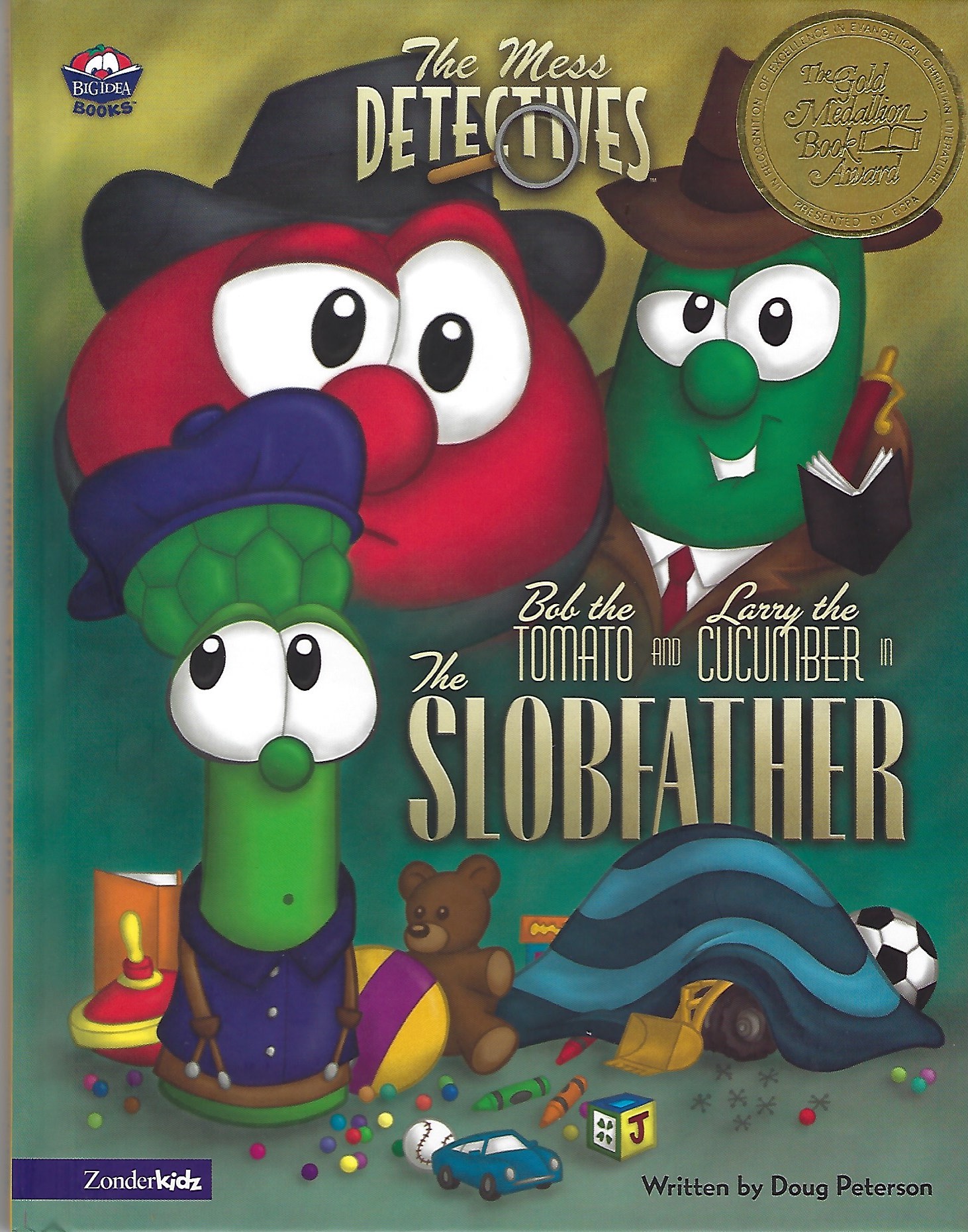When J.R.R. Tolkien’s novel, The Hobbit, was published in October of 1937, it was so popular that the publisher began clamoring for a sequel—preferably to be published within a year or two. But when all was said and done, it took almost 20 years for that sequel to be written and published—the kind of slow, methodical work that probably drove the publisher nuts.
As the publisher watched and waited, Tolkien’s sequel became longer and more complicated, and the company expected to lose money. But that sequel became known as The Lord of the Rings trilogy, with the third and final volume published in 1955.
I think it’s safe to say that the books made money, so it was well worth the wait. But if you go back to when Tolkien was just starting on this sequel, he was at a loss for what he might write. At the time, he said, “I cannot think of anything more to say of hobbits.” And in another letter, he laments that “I fear I squandered all of my favorite motifs” in The Hobbit.
So let that be Lesson Number One from Tolkien: You never know what you have inside of yourself until you put it on paper. As The Lord of the Rings demonstrated, Tolkien had plenty more to say about hobbits…and dwarves and elves and men and monsters.
You never really know how much you have to say—or how good your ideas might be—until you begin to put them on paper. Ideas are like seeds. The seeds are no use if you just carry them around in your pocket, so you have to plant them. You have to sit down and write.
I have been immersed in Tolkien’s writings this fall because I am taking a class on the famed British writer at the Urbana Theological Seminary here in central Illinois. One of the highlights was a recent trip to Marquette University, which has the original manuscripts for The Lord of the Rings, The Hobbit, and two lesser-known works. Marquette has handwritten pages, typed pages, and galley proofs—thousands of pages in all. Because Tolkien did a lot of writing during World War II, when paper was in short supply, we even saw some of Tolkien’s notes written on the back of Oxford Air Raid Report Forms, as well as on the backs of student essays graded by Tolkien’s good friend, C.S. Lewis.
It was fascinating to see the writing process unfold on these pages. And if I had to pull out a second lesson from Tolkien, it’s this: Edit, edit, edit.
When it comes to editing, however, you don’t have to be as obsessive as Tolkien. He couldn’t stop making changes to his story. This approach worked wonderfully for him, but that was because he was not just writing a trilogy of books. He was creating an entire world, complete with languages, maps, calendars, systems of measurement, and much more. Most of us are not attempting to create an entire world, so we may not need nearly 20 years to write our next book.
I’ll say it again: Tolkien must have driven his publisher crazy. We saw galley proofs, the final stage before printing, and they were extensively marked up with Tolkien’s handwriting. Whenever I receive galley proofs, I am afraid to make changes beyond a word correction here or there, or if I’m really brave, maybe a revised sentence. Tolkien had no such fear. We saw one galley page where he hand-wrote long paragraphs to add to the novel, and he taped the new material to the bottom of the galley proof. Remember, this was long before the personal computer age, so making changes at this stage was much more difficult.
Some writers can compose a story with very little editing. I have one writer friend who can do just that, and he has been enormously successful. Evidently, Tolkien’s friend C.S. Lewis could do that as well. That’s why Lewis was such a prolific writer, and I have heard that Tolkien was a bit envious of Lewis’s ability to write clean drafts.
Most of us probably fall somewhere in between the extremes of Lewis, who did little editing, and Tolkien, who never stopped editing. My writing needs plenty of editing, but I try to not be obsessive—although it all depends on what you call obsessive. When I write 1,000-word magazine stories, I typically get the story to where I am satisfied (which takes a fair amount of editing), and then I read it over another 10 to 15 times, just to be sure it is right. Proofing a story so many times is possible with 1,000-word stories, but not so easy with 100,000-word novels. Nevertheless, I still spend well over half of my time editing my novels.
In the case of Tolkien, his editing paid off. After all, if he hadn’t tinkered with his story, Frodo Baggins would have been called Bingo Baggins. That’s right. Frodo’s original name was Bingo. Also, if Tolkien didn’t tinker, the One Ring would not have been a powerful symbol of evil and sin. In the original published version of The Hobbit, the One Ring didn’t have the same corrupting influence. All of that came in The Lord of the Rings, so Tolkien had to go back and rework those sections of The Hobbit to make the ring more sinister.
So tinker away with your stories. But don’t edit endlessly, if you ever intend to get published…unless you’re creating an entire world. Rome wasn’t built in a day, and neither was Middle Earth.
* * *
5 for Writing
- Get writing. Find the time to write. Then do it.
- Learn by listening—and doing. Solicit feedback, discern what helps you.
- Finish your story. Edit and rewrite, but don’t tinker forever. Reach the finish line.
- Thrive on rejection. Get your story out there. Be fearless. Accept rejection.
- Become a juggler. After one story is finished, be ready to start another. Consider writing two at once.
Photos courtesy of
https://commons.wikimedia.org/wiki/File:Legolas.png
https://commons.wikimedia.org/wiki/File:Hobbit_hole.jpg






 We love helping your growing in your writing career.
We love helping your growing in your writing career.

2 Comments
Great article, Doug! Thanks for posting!
Thanks, Jill!